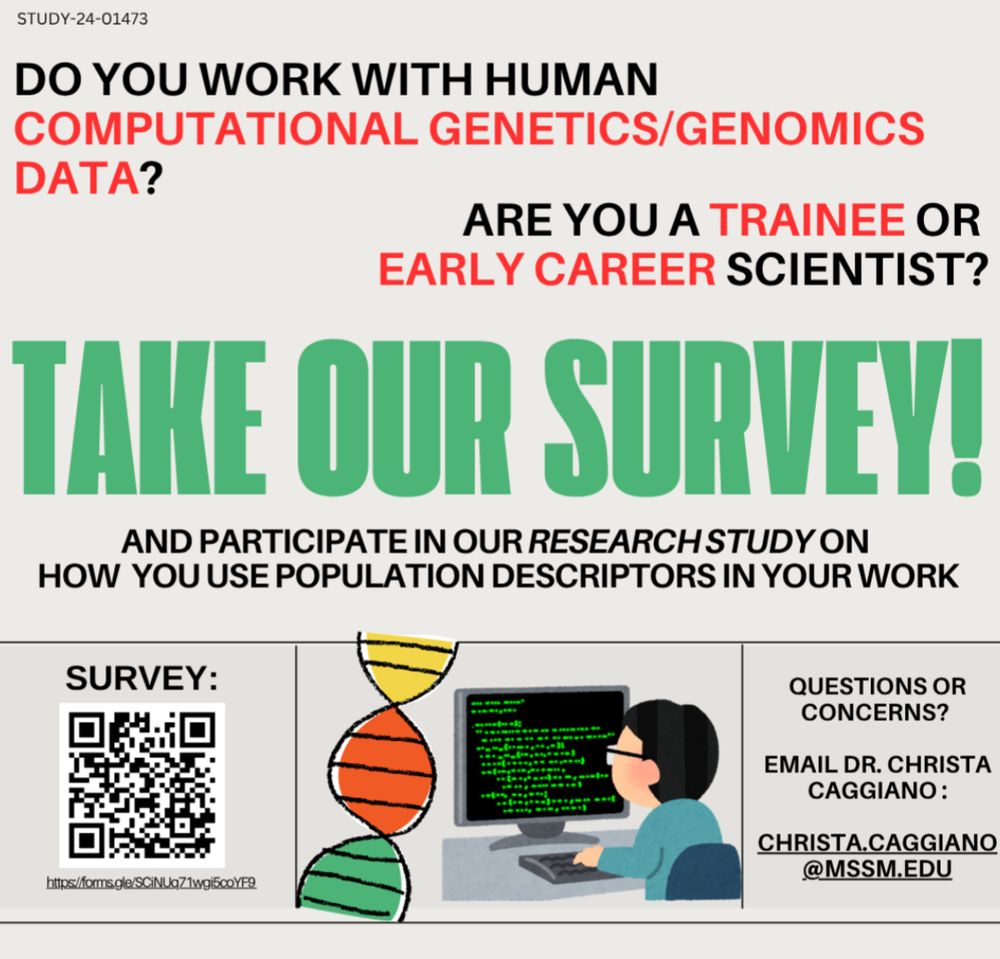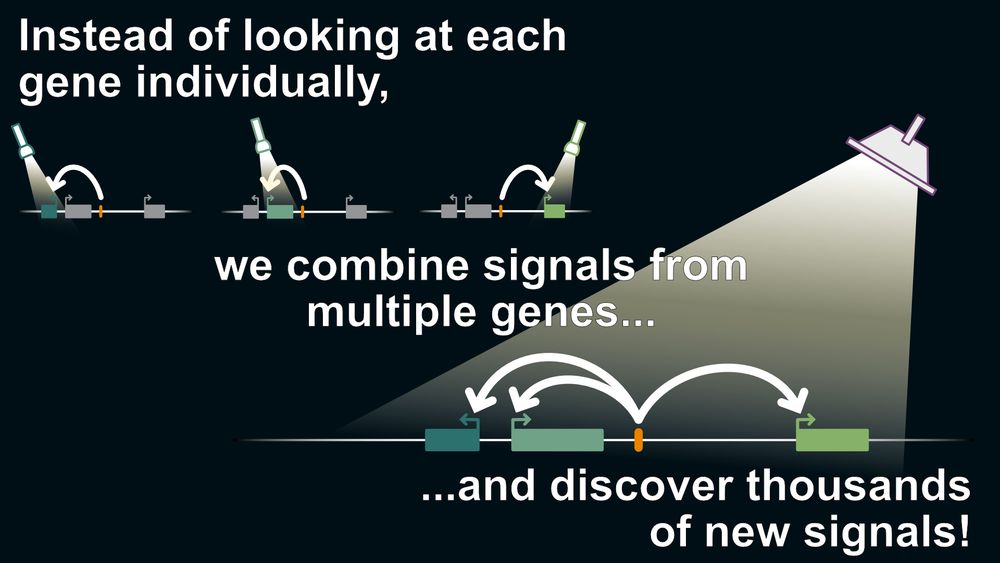Rachel Ungar
@raungar.bsky.social
240 followers
250 following
45 posts
Postdoc at @StanfordBioethx
Genetics PhD @StanfordMed, BS @UArkansas
elsi / rna-seq / rare disease / multi-omics / chronic illness / x-chromosome
Posts
Media
Videos
Starter Packs
Pinned
Reposted by Rachel Ungar
Alex Geary
@alextremophile.bsky.social
· Aug 29

Using SpliceAI to triage splice-altering variants in 7,220 individuals with rare conditions highlights limitations of the precomputed scores
Background: SpliceAI is a deep learning algorithm that predicts whether genetic variants are likely to affect splicing. Precomputed spliceAI predictions for all theoretical SNVs and small indels were ...
www.medrxiv.org
Reposted by Rachel Ungar
Andrea Ganna
@andganna.bsky.social
· Aug 22
Reposted by Rachel Ungar
Reposted by Rachel Ungar
Reposted by Rachel Ungar
Reposted by Rachel Ungar
Reposted by Rachel Ungar
Reposted by Rachel Ungar
Bohan Ni
@bohanni.bsky.social
· Mar 26
Integration of transcriptomics and long-read genomics prioritizes structural variants in rare disease
An international, peer-reviewed genome sciences journal featuring outstanding original research that offers novel insights into the biology of all organisms
genome.cshlp.org
Reposted by Rachel Ungar
Rachel Ungar
@raungar.bsky.social
· Jan 24
Rachel Ungar
@raungar.bsky.social
· Jan 24
Rachel Ungar
@raungar.bsky.social
· Jan 24
Rachel Ungar
@raungar.bsky.social
· Jan 24
Rachel Ungar
@raungar.bsky.social
· Jan 24
Rachel Ungar
@raungar.bsky.social
· Jan 24
Rachel Ungar
@raungar.bsky.social
· Jan 24
Rachel Ungar
@raungar.bsky.social
· Jan 24

Functional impact of rare variants and sex across the X-chromosome and autosomes
The human X-chromosome contains hundreds of genes and has well-established impacts on sex differences and traits. However, the X-chromosome is often excluded from many genetic analyses, limiting broad...
www.biorxiv.org
Reposted by Rachel Ungar
Jonathan LoTempio
@realjlo.bsky.social
· Jan 22
Overcoming challenges associated with broad sharing of human genomic data - Nature Genetics
This Perspective discusses the definitions of ‘broad’ that have been used in the context of sharing of human genomic data and proposes a clarified and reformed terminology for describing genomic data ...
www.nature.com















